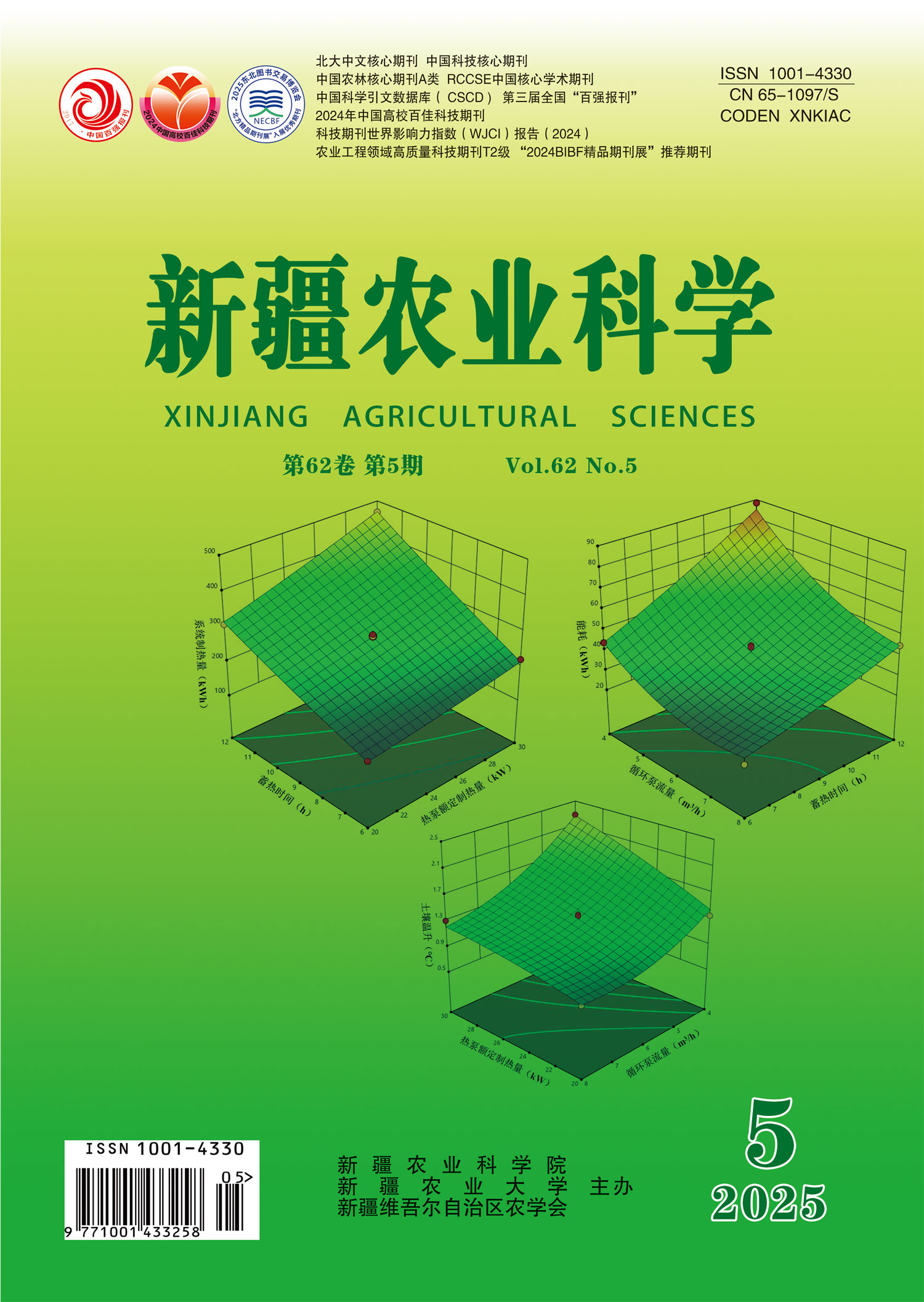【Objective】 The effects of different nitrogen application rates on cotton growth, yield and soil nutrients in cotton fields were studied in order to provide theoretical basis for scientific and rational nitrogen application of cotton. 【Methods】 Nitrogen gradient tests of 0(N0),120(N120),240(N240),360(N360)and 480(N480) kg/hm2 were conducted in Hailou Town, Shaya County, Aksu Prefecture, Xinjiang in 2021 and 2022. Cotton plant samples were collected at seedling stage, bud stage, flowering stage, boll stage and batting stage, and were divided into stem, leaf, bud + flower + shell, batting and seed according to organ tissue, and the dry matter quality and yield were determined. After harvesting cotton, 0-20 cm and 20-40 cm soil were collected in each plot, and soil organic matter, alkali-hydrolable nitrogen, available phosphorus, available potassium, pH and electrical conductivity were measured. 【Results】 During the growing period of cotton, dry matter accumulation increased at first and then decreased. Among them, N240 treated the largest amount of dry matter accumulation, 16,696 kg /hm2 in 2021 and 12,167 kg /hm2 in 2022. With the progress of growth stage, the proportion of dry matter in vegetative organs of cotton gradually decreased, and the proportion of dry matter in stems decreased from 35.50% in seedling stage to 31.10% in flopping stage. The proportion of dry matter in leaves decreased from 63.51% in seedling stage to 19.11% in batting stage. The proportion of dry matter in reproductive organs increased gradually from 7.82% in bud stage to 42.55% in floc stage. Nitrogen application can significantly improve cotton boll weight per plant, boll number per plant and yield, and cotton yield conforms to the fertilizer effect function relationship of linear addition platform with the increase of nitrogen application rate. Among them, cotton yield under N240 treatment is the highest, which will be 4,960 kg/hm2 in 2021 and 6,172 kg/hm2 in 2022, respectively. Compared with N0 treatment, the yield increased by 23.26% and 31.70%, respectively. Nitrogen application in the same soil layer had no significant effects on organic matter, available phosphorus, available potassium, electrical conductivity and pH value of cotton field, but had significant effects on alkali-hydrolyzed nitrogen. With the increase of nitrogen application, alkali-hydrolyzed nitrogen also increased, and the soil nutrient in 0-20cm was higher than that in 20-40cm.【Conclusion】 Based on the changes of dry matter accumulation and distribution of cotton during the growth period, combined with the effects of nitrogen application on yield and component factors, and the changes of soil nutrients in cotton field after harvest, according to the cotton fertilizer effect model, the recommended nitrogen application amount of soil tested in 2021 and 2022 is 256 and 217 kg/hm2, respectively.

